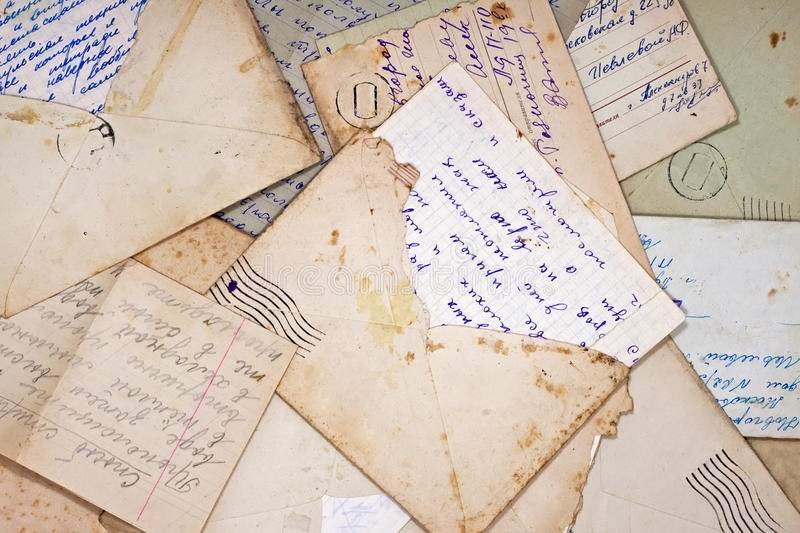Table of Contents
HOW TO WRITE LETTERS
 |
A useful introduction to the technicalities of letterwriting for early-elementary-aged correspondents is Loreen Leedy’s Messages in the Mailbox (Holiday House, 1994) in which the green and toothy Mrs. Gator teaches her class how to write a creative range of letters, among them friendly letters, thank-you notes, letters of apology, fan letters, complaint letters, and letters to the editor. It’s (rrr) out of print, but is available at public libraries and from used-book suppliers. For ages 4-9. |
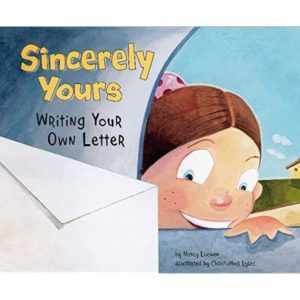 |
Nancy Loewen’s 32-page Sincerely Yours: Writing Your Own Letter (Picture Window Books, 2009) in the Writer’s Toolbox series is an illustrated introduction to letter writing, covering the parts of a letter and different types of letters, with a handful of kid-friendly sample letters. For ages 7-9. |
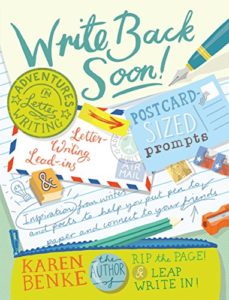 |
Karen Benke’s Write Back Soon! Adventures in Letter Writing (Roost Books, 2015) encourages everybody to put down the smartphone and pick up a pencil or pen. Many possibilities for creative letters and cards, prompts and exercises, and input from a wide range of contributers. For teens and adults. |
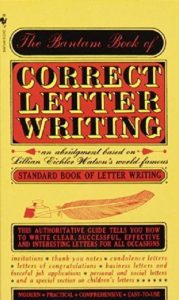 |
Almost all style manuals (of which there are many) cover proper letter formats – see, for example, The Bantam Book of Correct Letter Writing (Lillian E. Watson; Bantam Books, 1993), which covers everything from the rules of grammar to the proper forms of address for archbishops, admirals, and the Queen of England. (Included are dozens of useful sample letters, none with much personality, but all written in admirably correct form.) For teenagers and adults. |
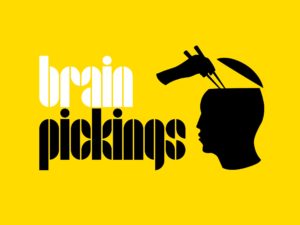 |
I’m addicted to vintage letter-writing books, which are always packed with irresistible samples – “A Father’s Letter to an Erring Son,” “A Brother’s Warning to His Sister,” “A Jolly Letter from a Young Man to His Chum,” “A Condolence on the Loss of a Fortune.” (“Pshaw, what is money?”) From Brainpickings, check some out at How to Write Letters: A Vintage Guide to the Lost Art of Epistolary Etiquette, 1876. (Remember: blots are not allowable, and you must never send a buff envelope to a lady.) |
| From Education World, Better Letters has resources and letter-writing lesson plans and projects. For example, kids write story character letters to Dear Abby, letters to Sarah (from Patricia MacLachlan’s Sarah, Plain and Tall), and participate in an anti-smoking letter campaign. | |
| The Letter Writing and Sample Letters website has basic information and samples for a wide range of letter types, from complains, apologies, and resignations, to thank you notes, condolence letters, invitations, and love letters. | |
| From ReadWriteThink, the Letter Generator is an interactive guide to writing a friendly or a business letter. Type in your name and begin. | |
| ABCYA’s Friendly Letter Creator, recommended for ages 7-10, teaches kids the parts of a letter, after which they can create their own letters online. | |
| Learn How to Write a Letter is an interactive activity for kids. Write a letter of complaint to the Radio-controlled Racing Car Factory by choosing the right parts of the letter and putting them in the right place on the page. | |
| From Reading Rockets, An Introduction to Letter Writing covers all the basics, with discussion questions, typical formats, and activities – among them write an inquiry letter from an alien to Earth asking about liquids and gases and a complaint letter from Papa Bear to Goldilocks’s parents. Recommended for ages 5-9. |
